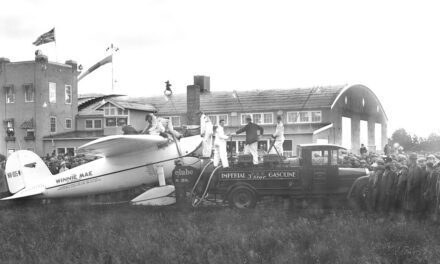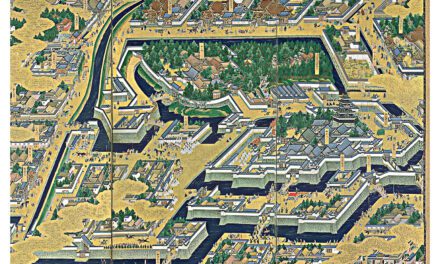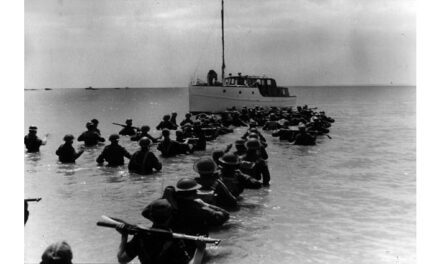History Guild General History Quiz 134
See how your history knowledge stacks up!
Want to know more about any of the questions? Once you’ve finished the quiz click here to learn more.
Have an idea for a question? Suggest it here and we’ll include it in a future quiz!
The stories behind the questions
1. Ghana was previously which British colony?
Gold Coast – Prior to European colonisation Ghana was ruled by the Ashanti Empire, which created an advanced economy based on principally gold that traded with the other states of Africa. Between 1824 and 1900 the British Empire and the Ashanti Empire fought the Anglo-Ashanti wars, which resulted in the creation of the British colony of Gold Coast in 1874.
Ghana is the first British colony in Africa to gain independence in 1957. However President Kwame Nkrumah was overthrown in 1966 in a coup that was supported by the UK and USA.
2. Where did the 1916 ‘Easter Rising’ take place?
Dublin – The Easter Rising, also known as the Easter Rebellion, was an armed insurrection in Ireland during Easter Week in April 1916 with the aim of establishing an independent Irish Republic while the United Kingdom was fighting the First World War.
3. What was the name of the aircraft Charles Lindbergh used to make his first solo transatlantic flight?
Spirit of St. Louis – Ryan Airlines constructed the custom-built, single-engine, high-wing aircraft for Charles Lindbergh. On May 20–21, 1927, Lindbergh made the first solo nonstop transatlantic flight from New York to Paris.
4. In what year did the Tulsa, Oklahoma race massacre, in which over 200 African Americans were killed, occur?
1921 – The Greenwood neighbourhood of Tulsa, Oklahoma was a hub for black business and wealth from 1906 to 1921. One accusation led to an angry white mob storming Greenwood and massacring hundreds of innocent black men, women, and children.
5. When did Genghis Kahn take control of the Mongol Empire?
1206 CE – Genghis Khan, formerly known as Temujin, was the first leader, or Khan, of the Mongol Empire, from 1206 CE–1227 CE.
6. Which aircraft is this?

North American F-100 Super Sabre – Introduced in 1954, the USA built over 2,000 of these supersonic fighters. The F-100 flew 360,283 combat sorties during the Vietnam war, with the loss of 242 aircraft. The image shows a F-100D firing rockets in South Vietnam in 1967.
7. Which European country was the first to trade with Japan?
Portugal – In 1543 Portuguese merchants landed on Tanegashima Island at the southern tip of the Japanese Archipelago after their boat was blown off course. From then until Japan adopted its policy of seclusion in 1639, the Portuguese traded extensively with Japan. In the late 16th century, Portugal also became the first European country to receive official Japanese emissaries.
8. Which is the only country that has been awarded a medal for bravery collectively, to the whole population?
Malta – The George Cross was awarded to the island of Malta by King George VI to “bear witness to the heroism and devotion of its people” during the great siege they underwent from 1940 – 1943.
9. Around 1920 there was public debate in France about their colonial empire. What issues were discussed?
That the empire wasn’t profitable enough – This was focussed in particular on the French Colonial Empire in West Africa, which was created from the 1880’s. The French invested little in the way of money or development effort in the region. Over 200,000 men from the region served in the French Army during WW1 and were critical to the eventual Allied Victory.
However, despite this there was a popularly held view in Metropolitan France that the Colonial Empire wasn’t delivering France enough profit, and that it should be exploited with more explicitly profit based enterprises. This lead to projects such as the Congo–Ocean Railway, which was constructed from 1921 to 1934 and caused the deaths of 17,000 construction workers, many of whom were kidnapped and forced to work on the project.
10. Where did the 1955 US Civil Rights Bus Boycott take place?
Montgomery, Alabama – The protest campaign against the policy of racial segregation was sparked by the arrest of Rosa Parks on 1 December 1955. It lasted for a year and was a foundational event in the civil rights movement in the United States.





